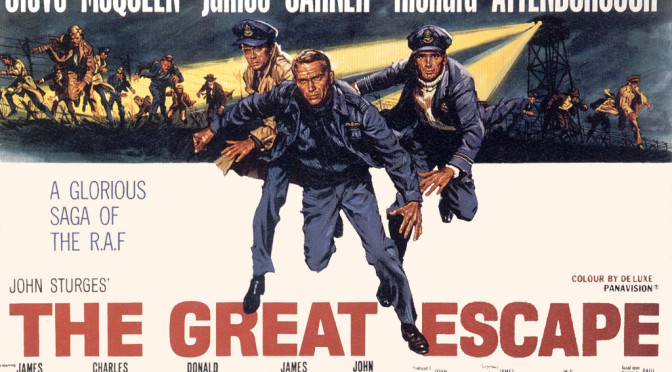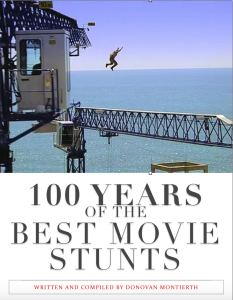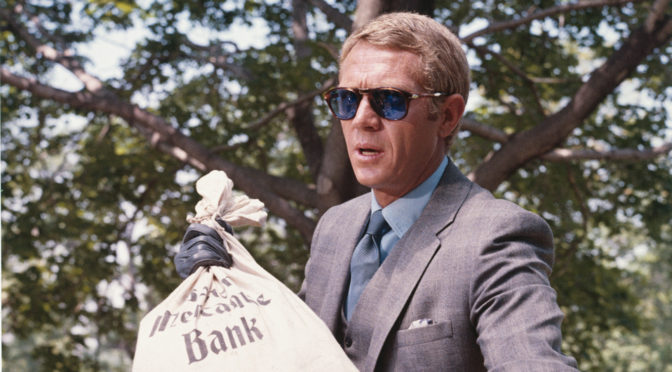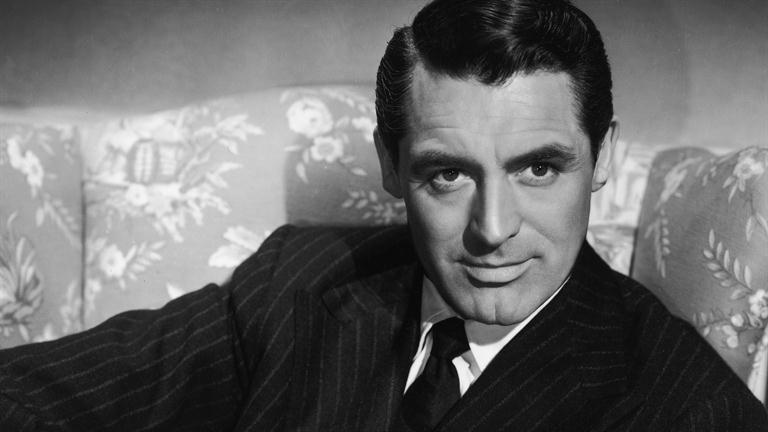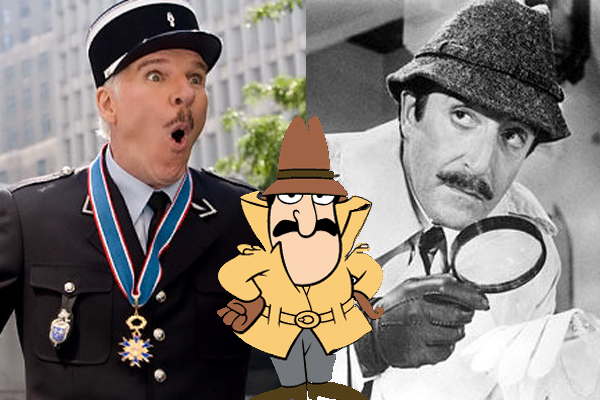One of the great things about hindsight is I can now give awards to moments in film history deemed as “classic” to most. This one falls in that category. This is not the most amazing motorcycle stunt to ever grace the silver screen but arguably the most famous. Because of that fact, this one makes my list. Bud Eikins also drives the Mustang in most of Bullitt, doubling for Steve McQueen in that movie as well.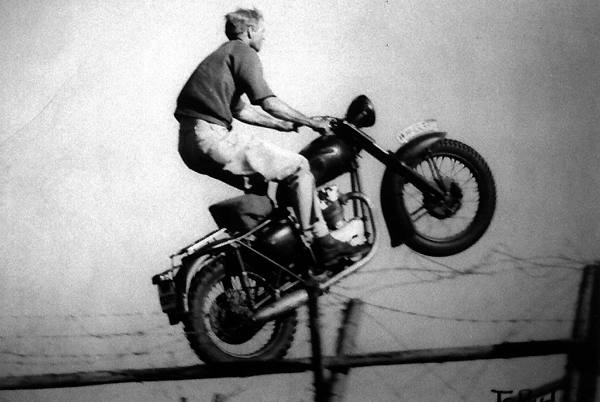
“I’d never done anything like that before” he told Matt Stone in an interview for the book, McQueen’s Machines: The Cars and Bikes of a Hollywood Icon. “Steve just told me, ‘C’mon, we’re going to meet the director. Do you have a suit? Put it on and I’ll pick you up.’ The next thing I knew, I was on my way to Germany.” And on his way into the annals of movie history by nailing the dangerous jump — which McQueen was probably capable of, but also which the producers wouldn’t even let him perform — on the first and only take.
The motorcycle that Hilts (McQueen) rides is a cosmetically modified Triumph TR6 Trophy. Ekins who performed the barbed wire leap stunt, was a Triumph dealer. Triumph was McQueen’s favorite motorcycle marque. The motorcycle sidecar combination that crashes into a ditch is revealed to be a Triumph motorcycle, too. As is well known, these British motorcycle models were not in existence during the Second World War and their appearance is somewhat incongruous.
So even though the producers refused to let McQueen do the jump during the climatic motorcycle chase, John Sturges, the director, allowed him to ride (in disguise) as one of the pursuing German soldiers, so that in the final sequence, through the magic of editing, he’s actually chasing himself. It’s also been said that when McQueen’s character Hilts strings a wire across the road to obtain the motorcycle originally, that it’s McQueen himself again playing the German motorcyclist who hits the wire.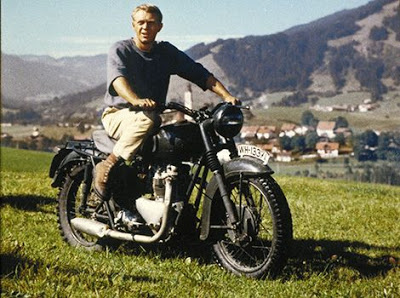
McQueen really had an influence on the film, because these scenes are arguably the most thrilling scenes in the movie and were not originally in the book. The motorcycle scenes were not based on real life but were added at McQueen’s suggestion. He always wanted to ride a motorcycle in a film and initially accepted the role of Hilts on the condition that he got to show off his motorcycle skills. At one point, during filming, McQueen even held up production because he demanded that the script be rewritten to give his character more to do. In the end, all of this seemed to really work in McQueen’s favor as he has been credited by many with the most significant performance. Critic Leonard Maltin wrote that “the large, international cast is superb, but the standout is McQueen; it’s easy to see why this cemented his status as a superstar.”
The Great Escape was directed by John Sturges for the Mirisch Company.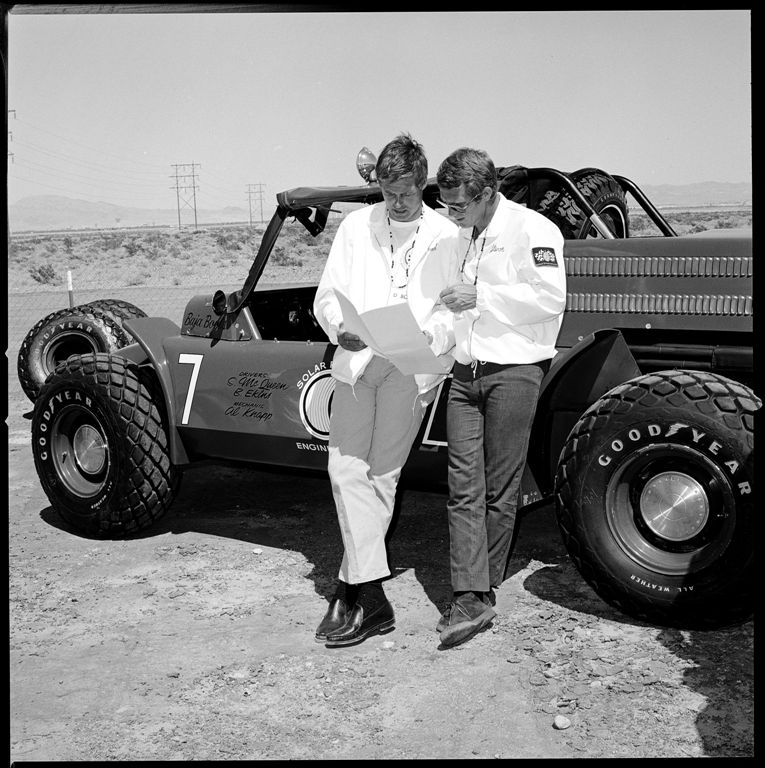
Things to look up (click on item to go to IMDB):
History of film companies as defined by Wikipedia: The Mirisch Company was a film production company owned by Walter Mirisch and his brothers, Marvin and Harold Mirisch. The company also had sister firms known at various times as Mirisch Production Company, Mirisch Pictures, Inc., Mirisch Films, and The Mirisch Corporation.
Walter Mirisch began producing at Monogram Pictures beginning with Fall Guy (1947), the profitable Bomba the Jungle Boy series, Wichita (1955), The First Texan (1956), and many others.
Walter Mirisch was in charge of production at Allied Artists when the studio made Friendly Persuasion, Love in the Afternoon (1957 film), Invasion of the Body Snatchers (1956), Riot in Cell Block 11 (1954), and numerous others.
The Mirisch Company was founded in August 1957 at which time it signed a 12-picture deal with United Artists (UA), which was extended to 20 films two years later. UA acquired the company on March 1, 1963, but the Mirisch brothers continued to produce for their distribution, under other corporate names, in rented space at the Samuel Goldwyn Studio.
It produced many famous motion pictures for United Artists, starting with Fort Massacre (1958) but later including Some Like It Hot (1959), The Horse Soldiers (1959), The Apartment (1960), The Magnificent Seven (1960), West Side Story (1961), The Great Escape (1963), The Pink Panther (1963), In the Heat of the Night (1967), The Thomas Crown Affair (1968), Fiddler on the Roof(1971), and many others.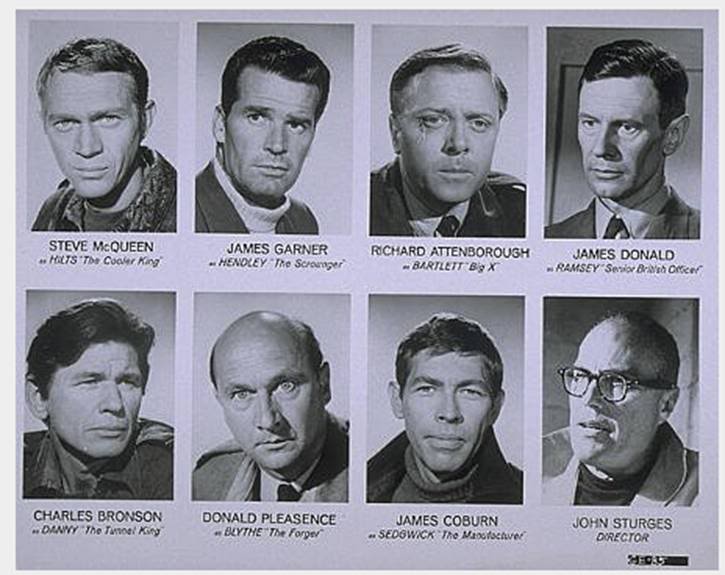
In 1964 Mirisch Films Ltd, or Mirisch Films GB was formed in the United Kingdom that produced 633 Squadron, A Shot in the Dark and several other films.
The Pink Panther featured an animated Pink Panther (character) that soon became a star of a series of cinema cartoons made by DePatie-Freleng Enterprises that were released by Mirisch/UA.
Mirisch first entered television in 1959 with the series, Wichita Town for NBC. It also co-produced live action television shows such as The Rat Patrol, Hey Landlord and The Magnificent Seven (TV series) as well as a number of television movies and cartoon shows of The Super 6 and The Pink Panther Show.
They forged long term relationships with such directors as Billy Wilder, Blake Edwards, Robert Wise, George Roy Hill, William Wyler, J. Lee Thompson, John Sturges and Norman Jewison, who directed three consecutive successes for them – The Russians Are Coming, The Russians Are Coming (1966), In the Heat of the Night (1967) and The Thomas Crown Affair (1968).

